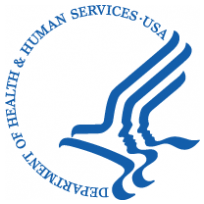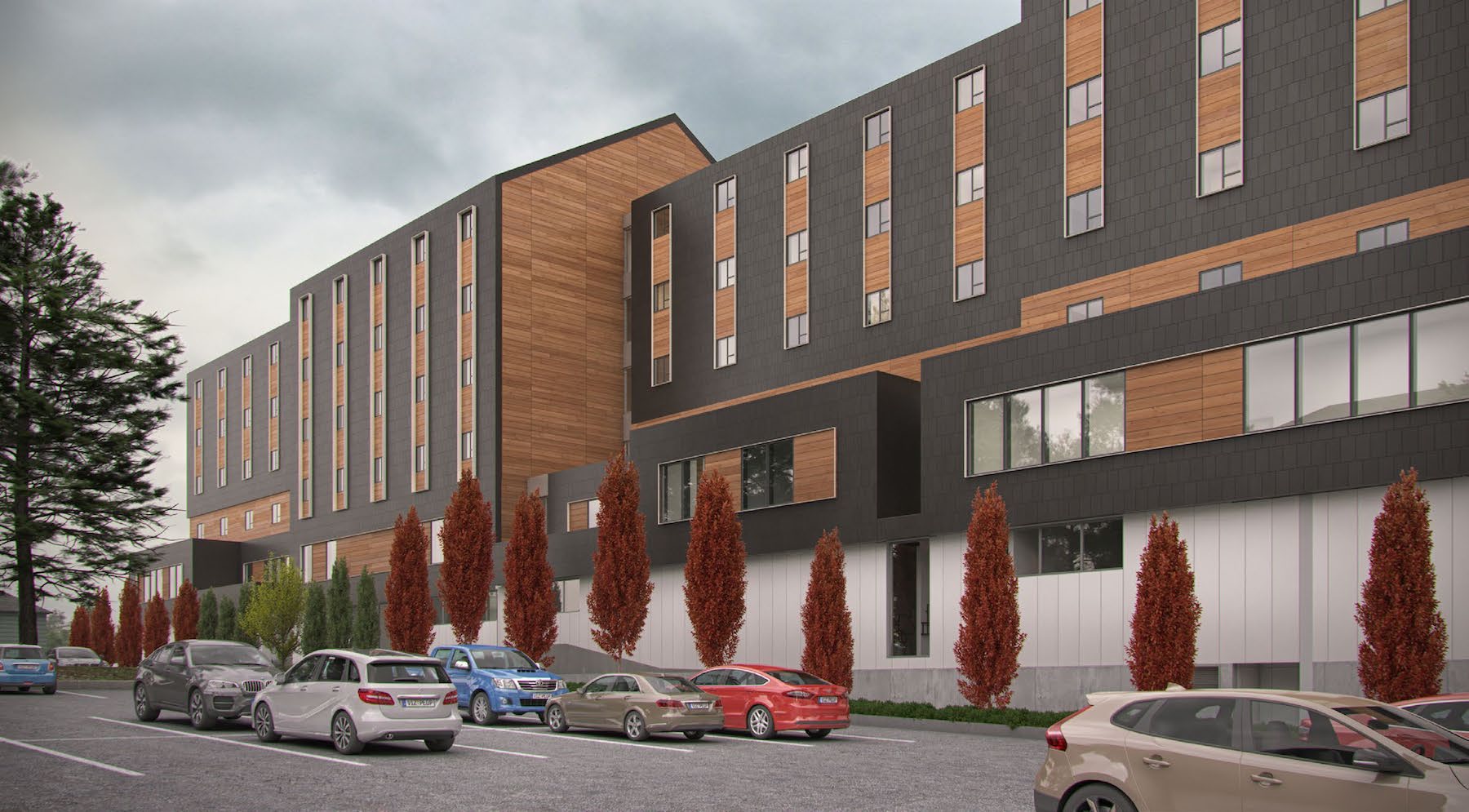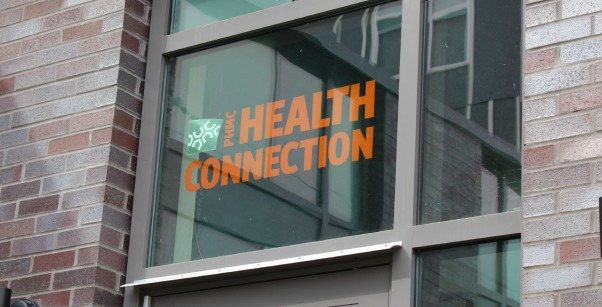U.S. DEPARTMENT OF HEALTH & HUMAN SERVICES
Health Resources and Services Administration
Maternal and Child Health Bureau Rockville, MD 20857
November 30, 2015
Dear Maternal, Infant, Early Childhood Home Visiting Program Grantees,
We are writing you today to stress the importance of providing Home Visiting services to homeless families and their young children from pregnancy to kindergarten entry. Ensuring the well-being of our youngest children is essential to the work of the Maternal and Child Health Bureau and is especially urgent when considering the vulnerability of such young children who experience homelessness. The U.S. Department of Health and Human Services (HHS) is particularly focused on the challenges faced by families with young children who are homeless or at risk for homelessness. In fact, HHS Secretary Sylvia Mathews Burwell will soon assume the chair of the U.S. Interagency Council on Homelessness.
In the United States, more than 1.6 million children, many under the age of six, live on the streets, in homeless shelters, in campgrounds, temporarily doubled up with others, or are otherwise without a stable home. A cause for a young family to become homeless is the birth of a new baby. Research shows that children who experience homelessness also experience higher rates of chronic illness, developmental delays, anxiety, and depression than children who live in stable homes.
Home Visiting programs partner with homeless shelters, Housing and Urban Development (HUD) Continuum of Care (CoC) projects, and local homelessness initiatives to support stable housing for vulnerable families, to address the critical needs of homeless families, and to address the health and development of mothers and their children.
Many of you are already serving families who are homeless or at risk for homelessness through evidence-based home visiting models and/or promising approaches. We ask that you continue to examine the ways you are serving homeless women and children, and identify additional strategies to do so through home visiting services and coordination and collaboration with early childhood partners. The Division of Home Visiting and Early Childhood Systems will provide technical assistance to help you continue to provide high-quality services and system coordination to improve the wellbeing of families who are homeless or at risk for homelessness.
In particular we encourage you to consider the following:
Provide Quality Services for Homeless Families: Ensure that high-quality services are available to and meet the needs of homeless families or those at risk for homelessness. Programs can screen families for homelessness and assess risk for homelessness as well as collect and analyze data about families’ housing needs. Home visitors can meet with families where they currently live, provide ongoing support and consistency in the lives of children who may be highly mobile, and strengthen parents’ capacity to promote their children’s developmental milestones.
Have Policies in Place for Families who are Temporarily Homeless after a Disaster: Policies and procedures should ensure that families have streamlined access to services that are essential to recovery in an emergency situation. The home visiting workforce may assist in relief efforts through family engagement in emergency shelters, and referrals to and coordination with local services.
Offer Flexibility to Homeless Families: Examine the documentation required to enroll in a home visiting program and, where appropriate and in fidelity to home visiting model(s), provide “grace periods” that give families sufficient opportunity to gather the required documentation for participation, such as for immunization, within a reasonable time frame.
Coordinate with HUD CoC, and Local Liaisons: Coordinate at both state and local levels to reach out to homeless families or those at risk for homelessness. Connect families served by your programs to available CoC resources as well as health and social services. Collaborate with key partners serving homeless families, including the state Office of Coordinator for Education of Homeless Children and Youths authorized by the McKinney-Vento Act, runaway and homeless youth programs, and state and local housing authorities, among others.
Work with Homeless Coalitions: The home visiting community should participate on homeless coalitions which bring together homeless programs with other community organizations. The purpose of these coalitions is to ensure that services available to families experiencing homelessness (particularly support services beyond housing) reflect the needs of the community. Participation on these coalitions will ensure that the unique needs of pregnant women and young children are well represented.
The wellbeing of our youngest children is essential, not only for the development of the child and the stability of the family, but for the ongoing success of our nation. We thank you for your tireless efforts to serve our most vulnerable children, and stand committed to supporting your work to further ensure access to high-quality home visiting services for young children and families who are homeless.
Sincerely,
David Willis, M.D., FAAP
Director, Division of Home Visiting and Early Childhood Systems




